The Flying Dutchman (1964)
장르 : 음악, 드라마
상영시간 : 1시간 41분
연출 : Joachim Herz
시놉시스
A surrealistic adaptation of Wagner's opera.

In the depths of the Rhine, the three Rhinemaidens guard the Rhinegold, a treasure of immeasurable value. The Nibelung dwarf Alberich is dazzled by the sight of it. The girls explain that whoever wins the gold and forges it into a ring will gain power over the world, but must first renounce love. Frustrated by his unsuccessful attempts to catch one of the girls, Alberich curses love and steals the gold. Wotan, lord of the gods, is reproached by his wife Fricka: he has promised to give Freia, goddess of youth, to the giants Fasolt and Fafner in return for their building a fortress for the gods. When the giants demand their reward, Loge, the god of fire, suggests an alternative payment: the ring Alberich has forged from the Rhinegold, and his other treasures. The giants agree, and Wotan and Loge leave for the Nibelungs’ underground home.
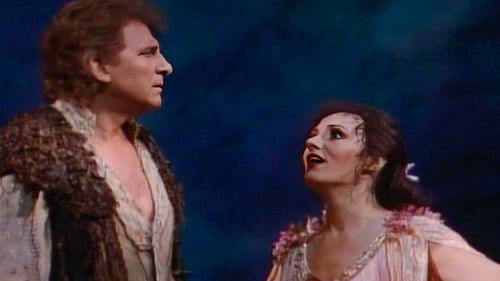
The Met production easily has the most beautiful staging, designed by Otto Schenck, who also produced the fabulous set for the Met's previous Ring cycle. Kurt Moll is a wonderful Gurnemanz, but compared to his studio recording under Karajan a decade earlier it has lost some of its original velvety body and luster. As Parsifal, Jerusalem is starting to show some wear and tear on his voice at the Met in 1992 as opposed to his prime form at Bayreuth in 1981, but is still quite good; only Placido Domingo could compete with him in the role at that time.

This performance of the Richard Wagner opera Logengrin was filmed in high definition for the Bayreuth Festival in 2011, and features vocalists like Georg Zeppenfeld, Klaus Florian Vogt, and Anette Dasch in the leading roles.

Die Walküre (The Valkyrie), WWV 86B, is the second of the four music dramas that constitute Richard Wagner's Der Ring des Nibelungen, (English: The Ring of the Nibelung). It was performed, as a single opera, at the National Theatre Munich on 26 June 1870, and received its first performance as part of the Ring cycle at the Bayreuth Festspielhaus on 14 August 1876.

세상에서 누구보다 노래를 좋아하지만 자신이 음치인 줄 모르는 귀여운 음치 소프라노 플로렌스 그녀의 남편이자 플로렌스가 공연을 할 때마다 악평을 막느라 바쁜 사고 전담 매니저 베이필드 플로렌스의 노래에 충격을 받았지만 어느새 피아노를 치고 있는 음치 맞춤형 연주자 맥문 플로렌스는 자신감 하나로 세계 최고의 무대인 카네기홀 공연을 선언하고, 그녀의 어마어마한 도전 앞에 베이필드와 맥문은 새로운 미션을 맞닥뜨리게 되는데… 과연 이들은 무사히, 성공적으로 공연을 치를 수 있을까?

Music & Musicals, Opera & Operetta, Classical Music - Witness the Zurich Opera's stunning production of Richard Wagner's masterpiece "Tannhauser," conducted by Franz Welser-Most and featuring Peter Sieffert (Tannhauser), Solveig Kringelborn (Elisabeth) and Thomas Hampson (von Eschenbach). Initially produced in Dresden in 1845, "Tannhauser" instilled a sense of wonder in a few of Strauss's ardent friends and admirers, among them Robert Schumann and Franz Liszt. Opera buffs will love it.

TANNHÄUSER UND DER SÄNGERKRIEG AUF WARTBURG is a grand opera by Richard Wagner in three acts. After experiencing boundless sensuality and freedom with the fun-loving Venus (soprano), the singer Tannhäuser (Tenor) finds it impossible to conform to the cultured setting of his betrothed Elizabeth (soprano), who loves him. During a singing contest, Tannhäuser describes the affair with Venus as the ultimate love experience and because of that, he is cast out from the established society. Thanks to Elizabeth's intervention, he is allowed to undertake a pilgrimage to the Pope to ask for the Holy Father's pardon. If the Pope accepts to forgive him, he would be allowed to take back his place in society. Tannhäuser accepts. But fate will not allow him to meet with his beloved Elizabeth again in this life. This is a recording of the legendary staging by Götz Friedrich for the 1978 Bayreuth Festival conducted by Sir Colin Davis.

The life and work of stage designer ADOLPHE APPIA, originator of the most profound agitations in contemporary theatre. Through the dynamic alternation of animated drawings and choreographies specially conceived for the film, we discover the steps of his artistic evolution.

This vivid film of Wagner's romatic opera succeeds in conveying what has famously been called "the wind that blows out at you whenever you open the score", including Daland's boat anchoring against the Sandwike cliffs, the red-sailed phantom ship, and the ghost crew rising from the dead. "Scenes that recall classic horror films... Brilliantly successful" (Nürnberger Nachrichten), "Captures the works' essence" (Süddeutsche Zeitung). With a superb cast; conducted by Wagner authority Wolfgang Sawallisch.
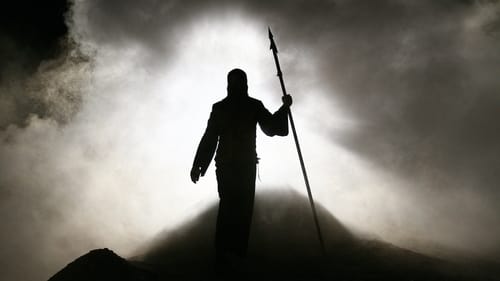
The documentary draws a portrait of an opera director who is staging Richard Wagner’s Die Walküre. He is torn between the tragicomic routine of an opera house and his own perception of Wagner and the Ring cycle. The film witnesses the director’s drama in maintaining the fragile link between a well-constructed performance and his own vision that lies within the music and the narrative, and is seen as German expressionism-like nightmares.
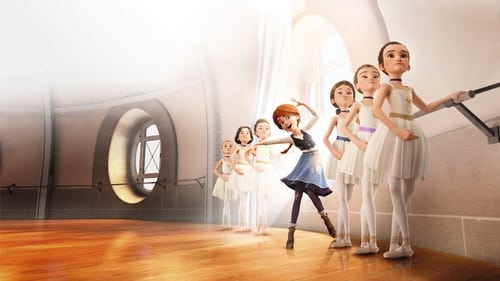
작은 시골 마을에 살고 있는 고아 소녀 펠리시 와 그녀의 소꿉친구 빅터. 그들의 꿈은 최고의 발레리나와 발명가가 되는 것이다. 두 사람은 자신의 꿈을 이루기 위해 다소 황당무계해 보이는 계획을 실천한다. 바로 빛의 도시 파리를 향해 여행을 떠나는 것. 센느강, 에펠탑, 자유의 여신상, 최고의 무대인 오페라 하우스까지.. 화려하고 아름다운 파리의 모습은 그들의 꿈을 향한 열망을 더욱 뜨겁게 하는데.

1941년, 나치 점령하의 프랑스. 임무를 수행하고 돌아가던 영국 공군의 비행기가 독일군 대공포를 맞아 추락한다. 영국군 조종사 레지널드, 피터, 앨런은 낙하산을 타고 간신히 탈출해 목숨을 건진다. 셋은 도장업자 오귀스탱, 인형극을 하는 쥘리에트, 오케스트라 지휘자 스타니슬라스의 도움을 받게 되는데, 독일군 장교 아흐바흐는 이들을 붙잡기 위해 추격을 멈추지 않는다. 나치 점령기를 배경으로 한 코미디로, 오랜 세월 동안 깨지지 않은 흥행 기록을 세우기도 했다.
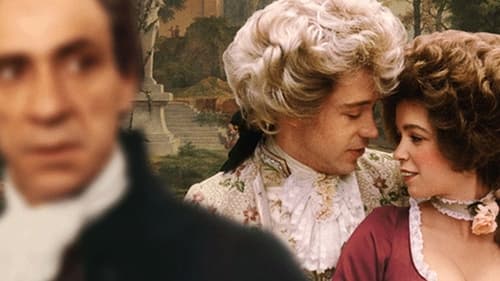
1823년 눈보라치는 밤, 한 노인이 자살을 시도하다 실패하고 신부에게 자신의 죄를 고백한다. 비엔나 왕실의 궁정음악가 살리에리는 새롭게 떠오르는 천재 작곡가 모차르트의 소문을 듣고 그의 천재성을 확인하려 한다. 모차르트가 그의 약혼녀를 범하고 오만하고 방탕한 생활을 거듭하자 그러한 모차르트에게 천재성을 부여한 신을 저주하고 그를 증오하기 시작한다. 한편 빈곤과 병마로 시달리던 모차르트는 자신이 존경하던 아버지의 죽음에 커다란 충격을 받고 자책감에 시달린다. 살리에리는 이를 이용해 모차르트가 아버지의 환상에 시달리도록 하면서 진혼곡의 작곡을 부탁하는데...
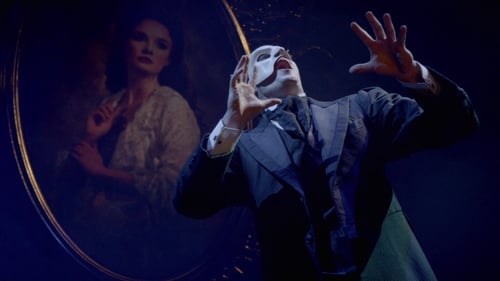
파리의 오페라 하우스에서 자취를 감췄던 팬텀. 10년이 지난 지금 코니 아일랜드에 크리스틴을 초대하고 그녀는 남편 라울, 아들 구스타프와 함께 팬텀의 세계에 오게 된다. 그 곳에서 다시 한번 영원한 사랑을 고백하는 팬텀과 갈등하는 크리스틴, 그녀를 빼앗길 수 없는 라울, 그리고 팬텀을 오랫동안 남몰래 사랑해온 멕 지리.. 펜텀은 크리스틴에게 새로운 노래 'LOVE NEVER DIES'를 건네주고, 그녀가 무대에 서며 팬텀의 사랑을 받아 들일 것인지 무대를 떠나 라울을 선택할 것인지, 지금 그들의 사랑은 다시 한번 선택 앞에 놓이게 되는데.. ‘오페라의 유령’ 그 후의 감춰졌던 이야기가 스크린에서 생생하게 펼쳐진다!
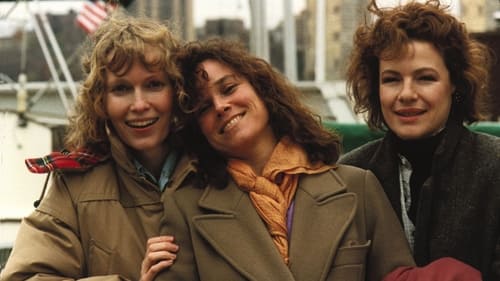
세 자매 중에 첫째가 한나, 둘째가 홀리, 막내가 리다. 한나는 록스타의 매니저인 엘리엇와 결혼했고, 리는 미술을 하는 중년남자와 동거 중이다. 그런데 한나의 남편 엘리엇은 처제인 리에게 묘한 감정을 느낀다. 결국 리와 엘리엇은 관계를 가지게 되고 엘리엇은 죄책감을 갖는다. 한편 홀리는 텔레비젼 프로듀서인 미키와 사랑에 빠지게 된다.
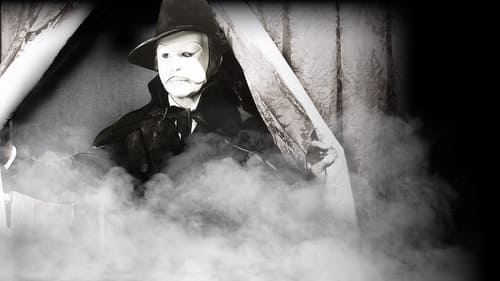
파리의 오페라 하우스. 극단의 소프라노 단원인 아름다운 여인 크리스틴은 뛰어난 재능에도 불구하고 빛을 보지 못하는 조연이다. 또한 그녀를 지켜보며 안타까운 연정을 키워나가는 바이올린 주자이자 작곡가인 에릭은 자신의 음악을 인정받기 위해 출판사와 극장 등 여러 곳을 찾아가지만 차가운 냉대뿐인데.
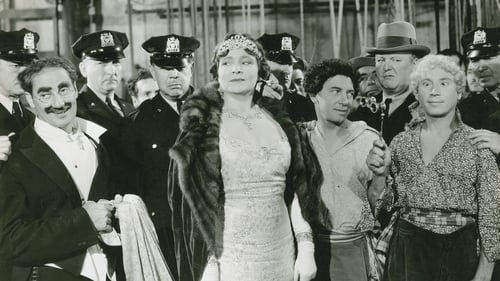
촉망받는 소프라노 로자와 아직 데뷔하지 못한 그녀의 애인 리카르도, 그리고 로자를 빼앗으려는 허영심 많은 성공한 테너 로돌포 사이의 삼각관계를 그린다. 식은 죽 먹기(Duck Soup)의 흥행 참패 이후 2년간 작품 활동이 없었던 막스 형제에게 MGM의 프로듀서 어빙 탈버그가 함께 작업할 것을 제안하면서 제작한 첫 번째 작품이자 막스 형제의 출연작 중 가장 높은 수익을 기록한 작품이기도 하다. 막스 형제는 염세적인 성향의 무정부주의자였다고 알려져 있는데, 이런 성향 때문인지 파라마운트에서 제작했던 초기 작품들은 다소 거칠고 엉성하지만, 그들만의 염세적인 세계관이 잘 드러난다고 평가받는다. 반면 MGM으로 이적 후 제작된 작품은 잘 짜인 플롯에 상황마다 적절한 위트가 배치된 대중적인 작품으로 흥행에서 큰 성공을 거두었다. 록그룹 퀸은 1975년에 동명의 앨범을 발표했으며, 다음 해인 76년에도 막스 형제의 출연작 중 하나인 경마장의 하루(A Day at the Races)라는 이름의 앨범을 발표해 막스 형제가 영화계뿐만 아니라 문화계에 미친 영향을 확인할 수 있다.
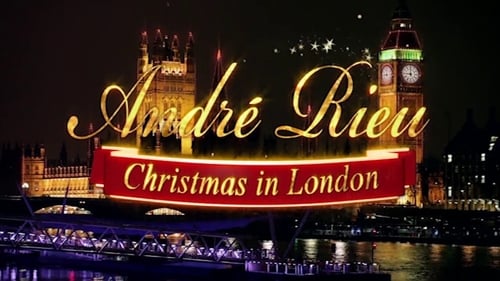
Christmas is now more beautiful and cosy than ever! Experience Christmas in London, together with André Rieu. Decorated Christmas trees everywhere you look, beautifully lit streets, tempting Christmas window displays... Combine the unique London Christmas atmosphere with a magnificent Christmas concert by André Rieu, and you have all the ingredients for a lovely party in the dark December days. Together with fantastic soloists and his always joyful Johann Strauss orchestra, André Rieu provides a fabulous evening with the most beautiful and moving Christmas carols, but also with emotional songs such as Leonard Cohen's Hallelujah, The Holy City and the classic Concierto de Aranjuez. Christmas in London means an evening enjoying lovely music, beautiful costumes and plenty of London cosiness.

La traviata (Italian: [la traˈviaːta], "The Fallen Woman"[1][2]) is an opera in three acts by Giuseppe Verdi set to an Italian libretto by Francesco Maria Piave. It is based on La dame aux Camélias (1852), a play adapted from the novel by Alexandre Dumas, fils. The opera was originally entitled Violetta, after the main character. It was first performed on 6 March 1853 at the La Fenice opera house in Venice. Piave and Verdi wanted to follow Dumas in giving the opera a contemporary setting, but the authorities at La Fenice insisted that it be set in the past, "c. 1700". It was not until the 1880s that the composer and librettist's original wishes were carried out and "realistic" productions were staged.[3]


















